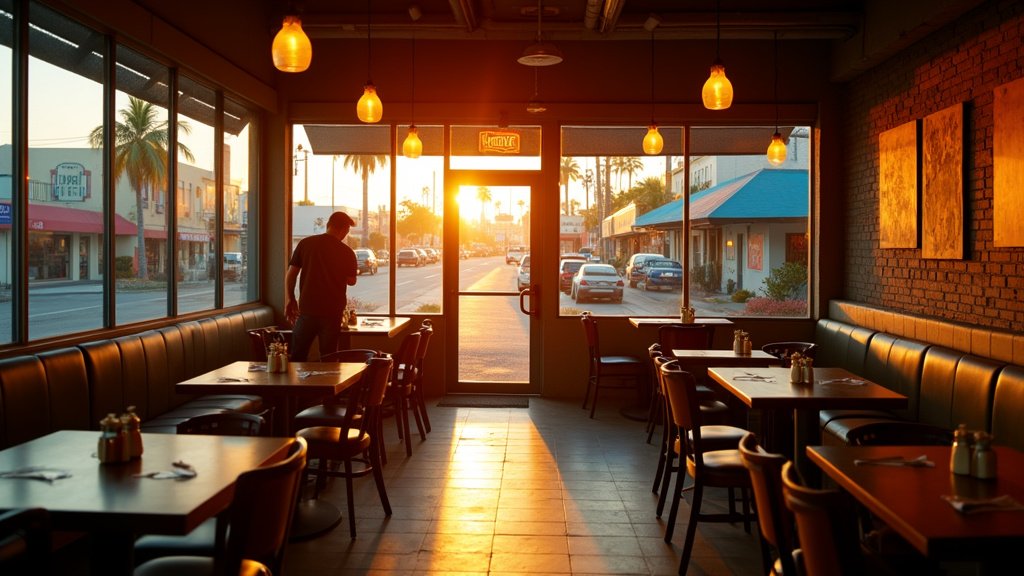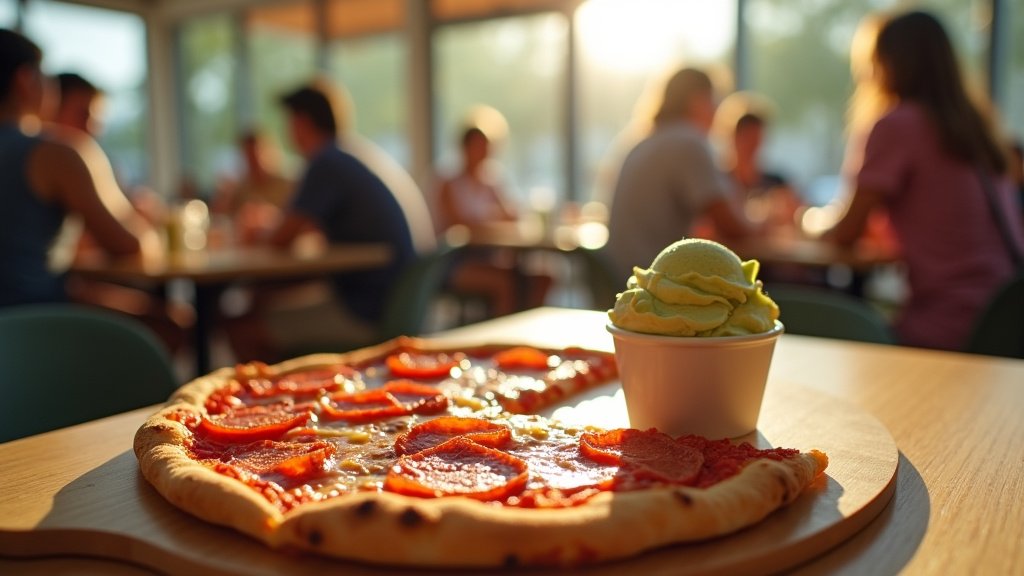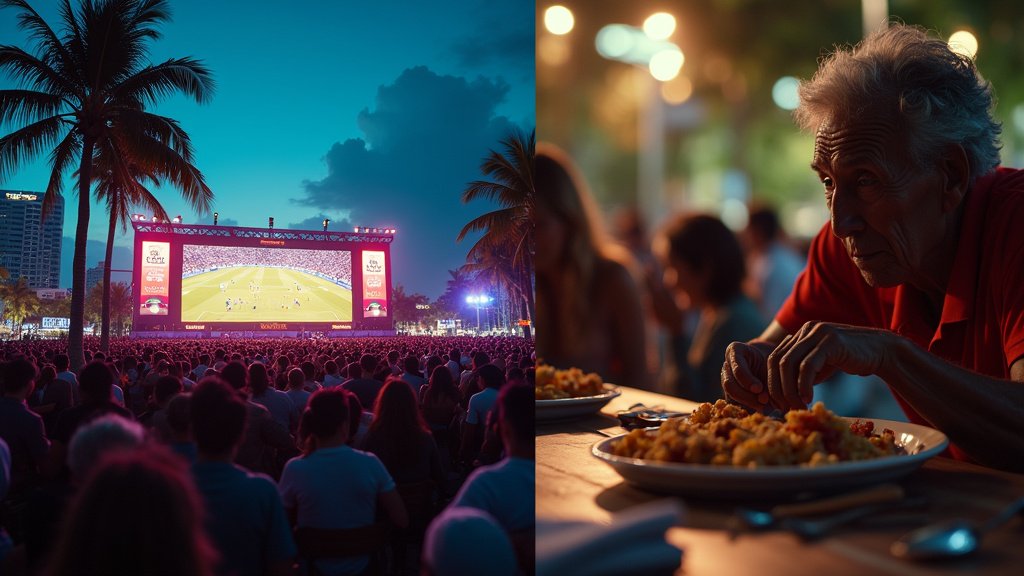Miami Restaurants Face Crisis: Record Heat, Economic Strain, and Closures Threaten Industry
Miami’s vibrant culinary scene, known for its diverse offerings and lively atmosphere, is currently weathering a storm. The restaurant industry is experiencing its most challenging summer in decades, grappling with a confluence of factors that threaten its survival. From scorching temperatures and a decline in tourism to escalating operational costs, Miami’s eateries are struggling to stay afloat, with closures becoming an increasingly common sight.
A Perfect Storm of Challenges
The current predicament faced by Miami restaurants is multifaceted. The city has been battling record-breaking heat waves, deterring both locals and tourists from venturing out. This, coupled with a noticeable decrease in tourist numbers compared to previous years, has resulted in significantly reduced foot traffic and fewer reservations. For businesses that rely on a steady flow of customers, this downturn can be devastating.
Beyond the immediate effects of the weather and tourism trends, restaurants are also contending with a harsh economic climate. The cost of doing business has skyrocketed, with increased expenses across the board. Food prices have risen dramatically, impacting profit margins. Insurance premiums have become a significant burden, and rent, particularly in prime locations, continues to climb. Moreover, the imposition of tariffs has added another layer of financial pressure on many establishments.
Veteran Restaurateurs Weigh In
The depth of the crisis is underscored by the experiences of long-time restaurant owners. Kevin Rusk, the owner of Titanic Brewery & Restaurant, a Miami institution, offers a stark perspective. With 28 years in the industry, Rusk views the summer of 2025 as the most difficult period he has ever faced. This sentiment reflects the widespread challenges felt by many in the industry.
Titanic Brewery & Restaurant, a well-established venue, is likely facing similar pressures as other restaurants. The fact that even a seasoned veteran like Rusk considers this summer unprecedented demonstrates the severity of the situation. His perspective offers a valuable insight into the prolonged difficulties owners have to face.
The Impact Beyond Tourist Hotspots
The downturn is not limited to establishments located in the city’s heavily trafficked tourist areas. Restaurants away from the main tourist hubs are also feeling the pinch. Finka Table & Tap, a restaurant located outside of the primary tourist zones, has reported a concerning 20-25% decrease in business compared to the previous summer. This decline indicates that the challenges are widespread, impacting restaurants across various parts of the city.
The decrease in business reported by Finka Table & Tap suggests that the struggles are not solely attributable to a drop in tourism. The factors affecting restaurants, such as increased operating costs, are likely impacting their business, regardless of their location.
Oversaturation and Market Dynamics
Compounding the challenges is what many in the industry describe as an oversaturated market. An influx of out-of-town restaurateurs has intensified competition, creating a more crowded landscape. While increased competition can sometimes spur innovation and improve quality, in the current economic climate, it is putting immense pressure on existing businesses. Maintaining profitability becomes increasingly difficult when competing with a larger number of establishments, especially when costs are rising.
The surge in new restaurants reflects the enduring appeal of the Miami market. However, it also points to the complexities and risks involved in the restaurant industry. With increased competition and rising costs, survival is no longer guaranteed, even for well-established and popular eateries.
Navigating the Future
The situation for Miami’s restaurants is undoubtedly dire. The combination of extreme weather, economic pressures, and increased competition is creating a challenging environment for businesses. While the long-term effects of these factors remain to be seen, it is clear that many restaurants are struggling to survive.
For restaurants to thrive, they must be resourceful. Businesses will need to find ways to cut costs, adapt to changing customer behavior, and differentiate themselves in a crowded market. They may need to adjust their menus, explore new marketing strategies, and seek alternative revenue streams. Collaborations and partnerships could also be helpful. The path forward will be complex. The restaurants’ survival hinges on their ability to navigate the challenges ahead and adapt to the new reality.
As the summer progresses, the restaurant industry will be under intense scrutiny. The choices made by both restaurant owners and consumers during this critical period will significantly influence the future of Miami’s vibrant culinary landscape.





